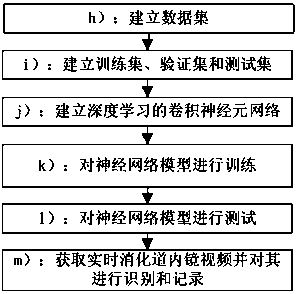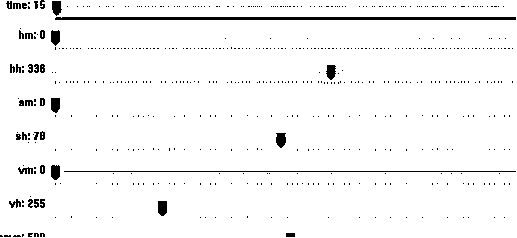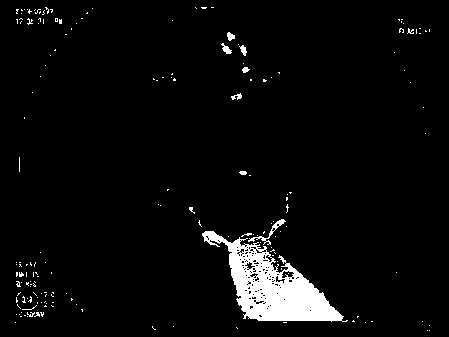Method for intelligently identifying and recording alimentary canal tissues and foreign matters in endoscopic examination
A digestive tract and tissue technology, applied in the field of image recognition, can solve the problems of tissue or foreign body identification and recording without scientific means and methods, inability to provide support for research, and chaotic records, etc., to achieve fast training, accurate recognition, and cost savings Effect
- Summary
- Abstract
- Description
- Claims
- Application Information
AI Technical Summary
Problems solved by technology
Method used
Image
Examples
Embodiment Construction
[0041] The following will clearly and completely describe the technical solutions in the embodiments of the present invention with reference to the accompanying drawings in the present invention. Apparently, the described embodiment examples are only some implementation examples of the present invention, not all implementation examples. Based on the implementation examples of the present invention, all other implementation examples obtained by persons of ordinary skill in the art without making creative work , all belong to the protection scope of the present invention.
[0042] Before the method of intelligently identifying and recording digestive tract tissues and foreign bodies in endoscopic examination, it also includes the step of capturing feature images in batches, as follows:
[0043] Step 1: Grab the surgical video feature pictures from the video in batches,
[0044] a): Video reading and color channel format conversion: read the video of the gastrointestinal endosco...
PUM
 Login to View More
Login to View More Abstract
Description
Claims
Application Information
 Login to View More
Login to View More - R&D
- Intellectual Property
- Life Sciences
- Materials
- Tech Scout
- Unparalleled Data Quality
- Higher Quality Content
- 60% Fewer Hallucinations
Browse by: Latest US Patents, China's latest patents, Technical Efficacy Thesaurus, Application Domain, Technology Topic, Popular Technical Reports.
© 2025 PatSnap. All rights reserved.Legal|Privacy policy|Modern Slavery Act Transparency Statement|Sitemap|About US| Contact US: help@patsnap.com



